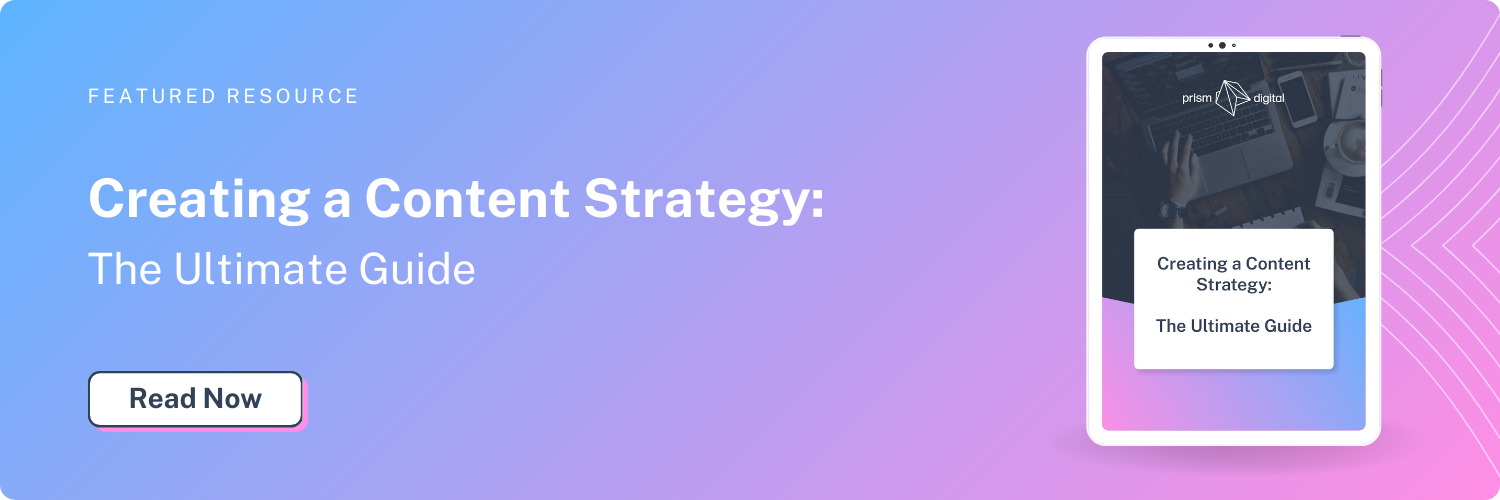If you think that writing a good blog post just means using the right words, unfortunately, you’re mistaken! There are a lot of other factors that contribute to making your blog post a success.
So apart from the words themselves, you also need to consider:
- Relevance: Your content should address current topics, trends, and issues relevant to your target audience.
- Quality content: It’s important to deliver high-quality, well-researched, and authoritative content that offers genuine value to your readers.
- Engaging multimedia: Visuals are everything nowadays, therefore multimedia elements such as videos, infographics, and interactive graphics should be used to enhance visual appeal and engagement.
- Mobile optimization: With the increasing use of smartphones and tablets, blogs simply must be optimized for mobile devices.
- SEO best practices: Implementing effective search engine optimization (SEO) strategies will improve your blog's visibility and ranking in search engine results pages (SERPs).
- User Experience (UX): User experience can be prioritized by designing an intuitive and visually appealing layout.
- Community engagement: Building a loyal and engaged community can amplify your blog's reach and impact.
- Data-driven insights: Analytics tools should be utilized to track key performance metrics such as traffic, engagement, conversion rates, and audience demographics.
Taking all of this into account (and we know it’s a lot), the experts at Prism have compiled these 7 modern blog writing techniques to elevate your blogging game. Not only this, but we’ve included some quality resources to guide you along the way.
1. Understand your audience
Conduct thorough research to identify their interests, pain points, and preferences. Tailor your content to resonate with their needs and aspirations, as well as the potential stage of their journey.
Transforming Customer Journeys: A How to Ebook
Discover the importance of understanding your customers' pain points, motivations and drivers. In this Ebook, we’ll walk through the different customer journey stages, the benefits of customer journey mapping and how to create your own customer journey map. We’ll even share with you a free customizable template to get you started.
2. Craft compelling headlines
Captivating headlines are non-negotiable. Use power words, intriguing questions, or provocative statements to entice readers and encourage clicks.
Expert Techniques for Crafting Magnetic Blog Titles
Check out this complete guide to learn why great blog titles are so crucial. Inside you’ll find five proven techniques—with examples—to write head-turning blog titles.
3. Focus on quality content
Quality trumps quantity. Prioritize well-researched, informative, and engaging content that adds value to your audience. Incorporate multimedia elements like images, videos, and infographics to enhance readability and visual appeal.
Creating a Content Strategy: The Ultimate Guide
Rather than haphazardly churning out content and hoping it does the job, wouldn’t it make sense to document your efforts? In this guide, we’ll take you through the purposes of a content strategy, some content marketing examples and the essential elements of a powerful content marketing strategy.
4. Embrace Visual Storytelling
Visual content continues to dominate digital platforms. Integrate eye-catching visuals, such as custom graphics, charts, and illustrations, to complement your written content and enhance comprehension.
8 Tips for Powerful Visual Storytelling
Take a look at these practical visual storytelling tips, along with some visual storytelling example stories and case studies for inspiration.
5. Optimize for SEO
Incorporate relevant keywords naturally throughout your blog posts to improve search engine visibility. Pay attention to on-page SEO elements such as meta titles, meta descriptions, and headers to boost organic traffic and ranking.
Everything You Need to Know About SEO
In this Ebook, we’ll walk through the benefits and typical outcomes of great SEO. We’ll dive into our own proven process for finding and analyzing keywords that your ideal customers will be searching for, and run down the 5 types of SEO you need to boost your site traffic.
6. Foster Engagement
Encourage reader interaction by incorporating calls-to-action (CTAs), inviting comments, and facilitating social sharing. Foster a sense of community and dialogue around your blog to cultivate long-term relationships with your audience.
How to Increase Social Media Engagement [Free Calculator]
Here’s everything you need to boost your social media engagement, including pro tips, free tools, and inspiring examples of engaging posts.
7. Analyze and Iterate
Leverage analytics tools to track the performance of your blog posts. Monitor metrics such as traffic, engagement, and conversion rates to identify trends, gain insights, and refine your content strategy accordingly.
15 Amazing Blogging Insights Your Analytics Can Tell You
With all that content, traffic, and leads you're generating, are you aware that you're sitting on a gold mine of valuable data? Enter... HubSpot’s guide to blog analytics!
A final thought
By implementing these modern blog writing techniques, you can captivate your audience, drive traffic, and achieve tangible results in the dynamic world of digital marketing. Happy blogging!
.png?width=200&height=73&name=Logo(1).png)


